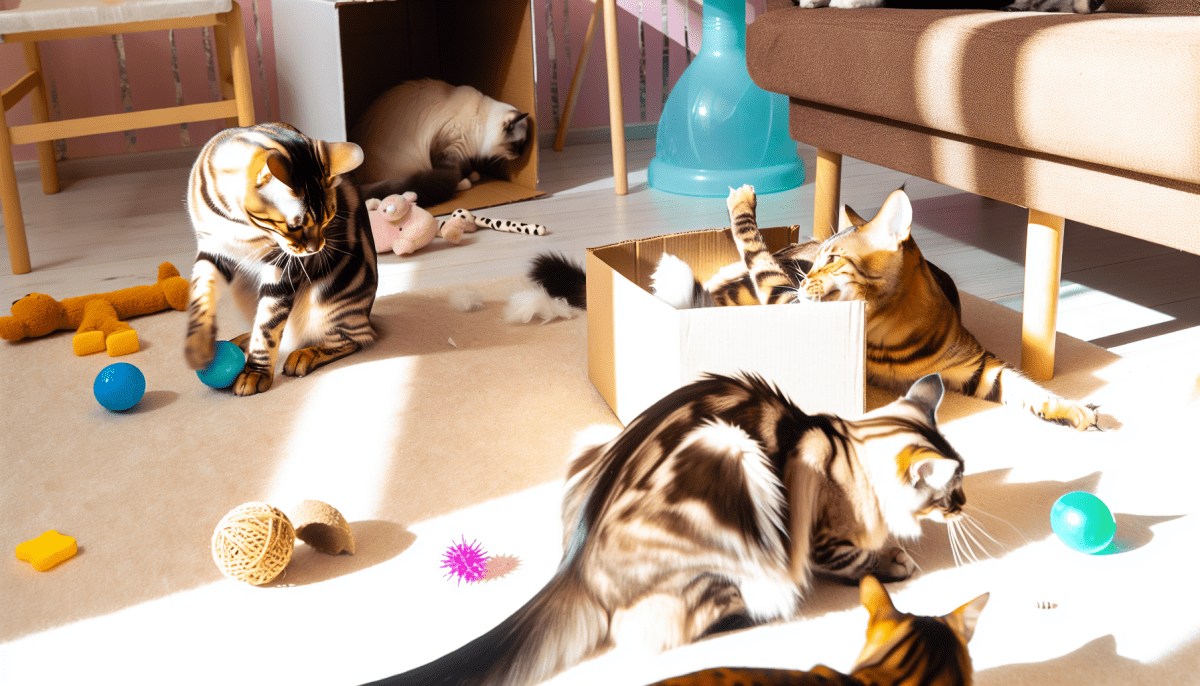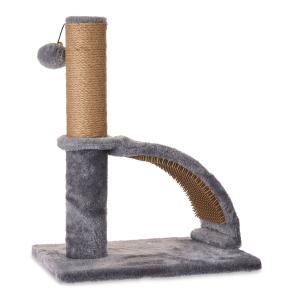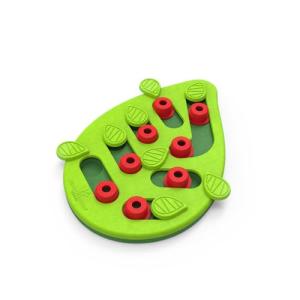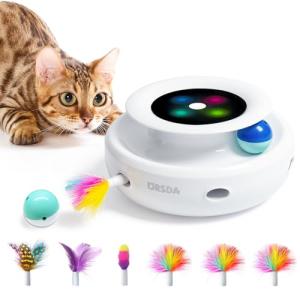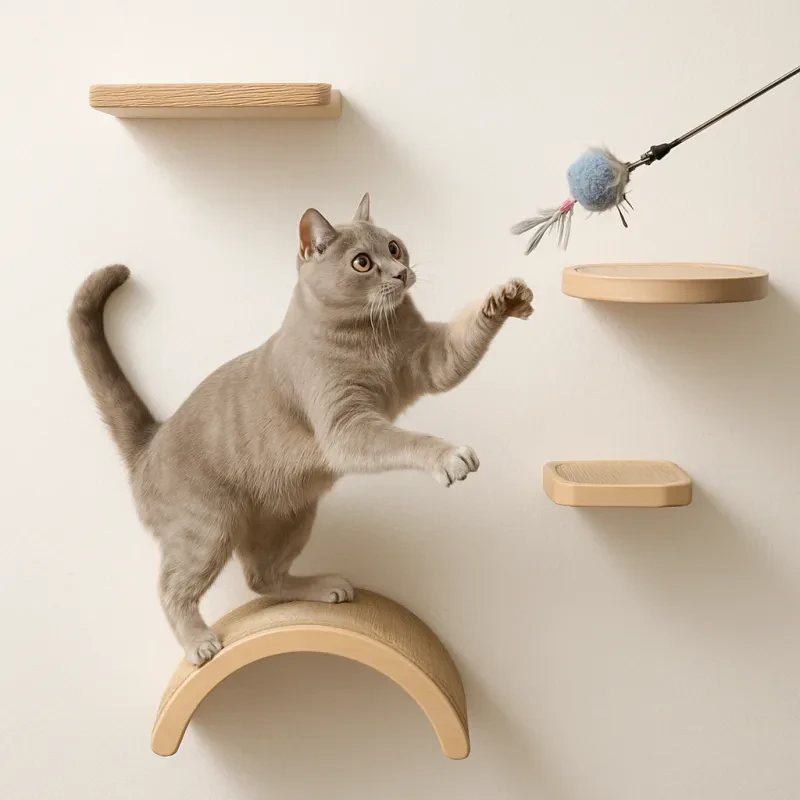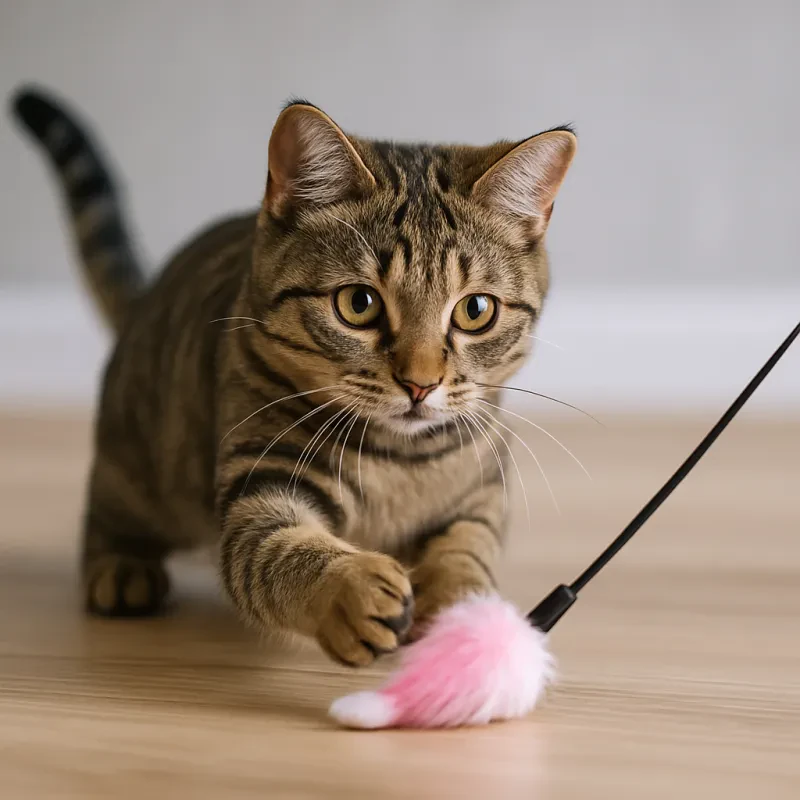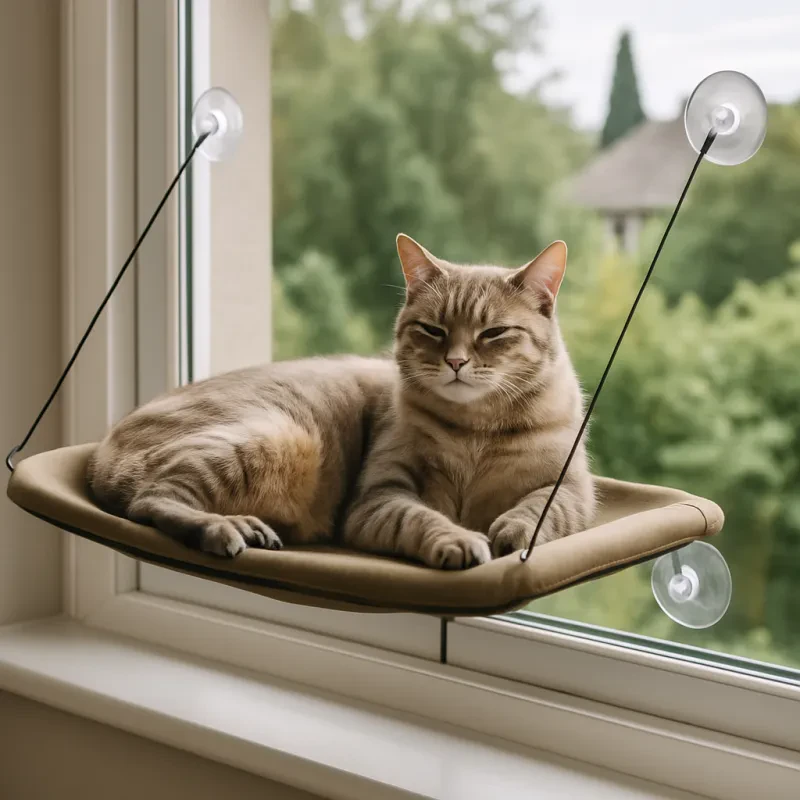Understanding cat behavior can be both fascinating and puzzling. Cats are unique creatures with various habits and idiosyncrasies that often leave their human companions scratching their heads. One common behavior is kneading, where cats push their paws in and out against soft surfaces. This instinctual action probably stems from kittenhood, as they knead their mother’s belly to stimulate milk flow. As adults, cats may knead as a way of marking their territory, showing comfort, or simply reliving happy memories.
Another intriguing behavior is the infamous "slow blink." When a cat gazes at you and slowly closes its eyes, it’s a sign of affection and trust. In the feline world, this gesture is similar to a comforting smile. By returning a slow blink, you can forge a deeper bond and communicate your love in a language that your cat understands. Understanding cat behavior, like the slow blink, allows you to connect on a more emotional level with your feline friend.
Many cat owners also notice their pets displaying a behavior known as "the zoomies." This occurs when cats suddenly burst into energetic play, racing around the room at high speed. This playful outburst often happens during quiet times, especially at dusk or dawn when cats are naturally more active. Understanding cat behavior in this way can help you distinguish between a hyperactive cat and one that may be feeling anxious or stressed.
Additionally, the way a cat interacts with their scratching post can reveal much about their mood and well-being. Scratching is essential for maintaining their claws and stretching their muscles. If your cat scratches regularly, they're likely happy and healthy. However, if they are avoiding the scratching post, it could indicate stress or dissatisfaction with their environment. By understanding cat behavior, you can ensure your home meets your pet’s needs for both mental and physical stimulation.
Body Language and What it Means
Body language in cats is an essential aspect of understanding cat behavior. Unlike humans, cats communicate primarily through their posture, tail position, and facial expressions. Observing a cat's body language can provide insights into their feelings and intentions. For instance, a cat that arches its back and puffs up its fur is likely feeling threatened. This display is a way for the cat to appear larger and scare off potential threats.
The position of a cat's tail is another key indicator. A tail held high often signifies a confident and happy cat, while a low or tucked tail can indicate fear or submission. Additionally, when a cat slowly wags its tail back and forth, it may be feeling agitated or annoyed. Understanding cat behavior through these subtle signals can help you respond appropriately to your feline friend.
Facial expressions also play a significant role in cat communication. A relaxed cat will have soft eyes and may even blink slowly, which can be interpreted as a sign of trust. In contrast, wide eyes and dilated pupils typically indicate excitement or fear. By learning to read these facial cues, you can enhance your interaction with your cat and create a more harmonious relationship.
Lastly, knowing what different sounds mean can further aid in understanding cat behavior. A soft purr usually signifies contentment, while a loud hiss or growl can be a warning sign. By paying attention to both body language and vocalizations, you'll be well on your way to deciphering the intriguing world of feline secrets.
Understanding Feline Social Interactions
One of the fundamental aspects of feline social behavior is body language. Cats communicate a lot through their posture and movements. For instance, an arched back and puffed fur indicate fear or aggression, while a slow blink can express trust and affection. Understanding these signals is crucial for pet owners, as it allows for better interaction with their furry friends. Knowing when a cat is feeling secure can help you foster a more comfortable environment that respects their personal space.
Another important element in understanding cat behavior is vocalization. Cats use a variety of sounds—such as meows, purrs, and hisses—to communicate their feelings. For example, a cat that is purring often feels relaxed and content, while a hiss may signal that they are feeling threatened. By paying close attention to these vocal signals, you can get a clearer picture of your cat's emotional state and needs.
Lastly, social grooming is a significant part of feline interactions. Cats often groom each other as a way of bonding and establishing social ties. This behavior not only helps them stay clean but also reinforces trust and friendship among their social group. When a cat approaches you for grooming or licking, it’s a sign that they feel close to you and view you as part of their social circle. Recognizing these moments helps deepen your understanding of cat behavior and strengthens your relationship with your pet.
The Importance of Play and Enrichment
Play is an essential aspect of a cat's life and greatly contributes to their overall well-being. By incorporating playtime into your cat’s daily routine, you foster not only physical fitness but also mental stimulation. Engaging in activities such as chasing feather toys or pouncing on crumpled paper balls can mimic the natural hunting behaviors that cats exhibit in the wild. This type of enrichment is vital for understanding cat behavior, as it helps release pent-up energy and prevents boredom, which can lead to destructive behaviors.
Interactive toys, puzzle feeders, and climbing structures also play a crucial role in enhancing a cat’s environment. These tools stimulate their curiosity and encourage problem-solving skills, essential for a healthy mind. By providing various forms of enrichment, you help your feline friend explore and express their instincts, allowing for a more fulfilling life. Understanding cat behavior through observation of these enrichment activities will reveal your pet’s unique personality and preferences, leading to a richer bond.
Additionally, social play with humans or other pets can strengthen the emotional connection between companions. Engaging in playful interactions helps your cat feel secure and loved, which is important for their emotional health. Understanding cat behavior means recognizing the signals your cat gives during playtime, such as their body language and vocalizations. This attentiveness can make play even more engaging and enjoyable for both you and your feline companion, enhancing your understanding of what they truly enjoy.
Self-Rotating Interactive Cat Laser Toy
Entertain your furry friend with this innovative self-rotating laser toy
Product information
Product Review Score
4.95 out of 5 stars
43 reviewsProduct links
Jute Cat Scratching Post with Massager
Keep Your Feline Friend's Claws Happy with our Jute Scratching Post and Massager Combo
Product information
€32.58 €15.50
Product Review Score
4.16 out of 5 stars
77 reviewsProduct links
Cactus Cat Scratching Post with Toy
Provide Your Feline Friend with a Stylish and Fun Scratching Solution with Our Cactus Cat Scratching Post and Toy Combo!
Product information
€49.12 €15.08
Product Review Score
4.16 out of 5 stars
145 reviews